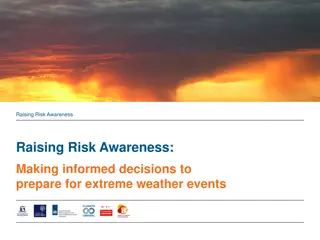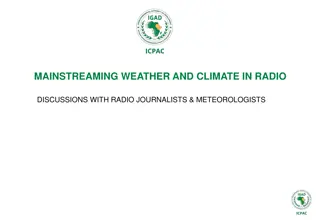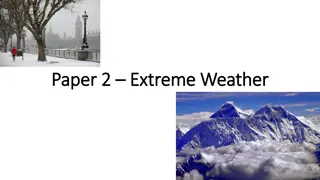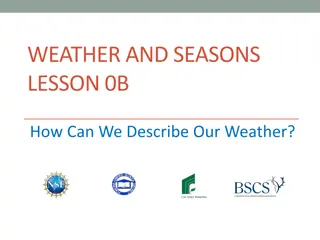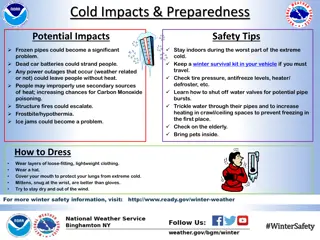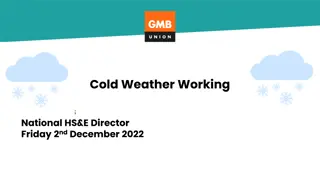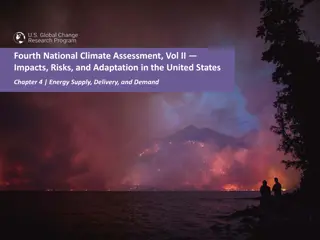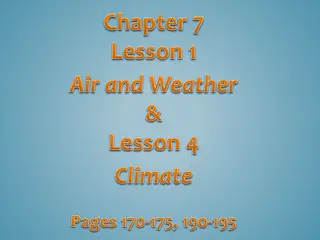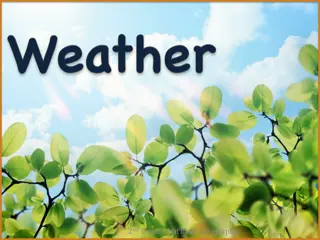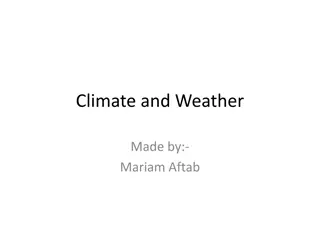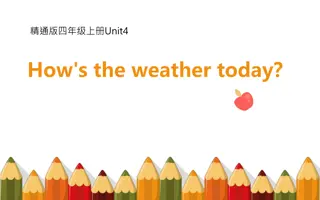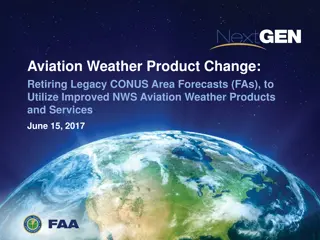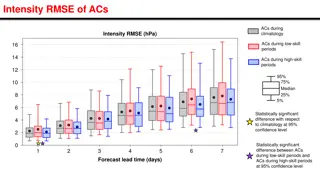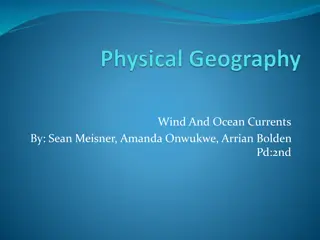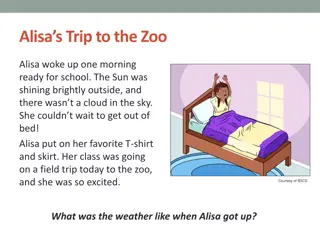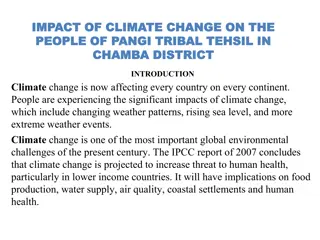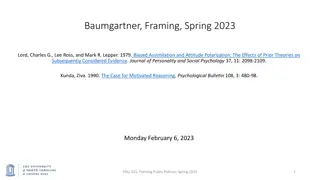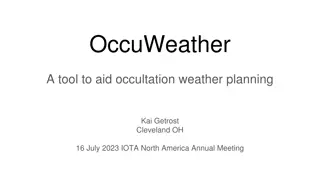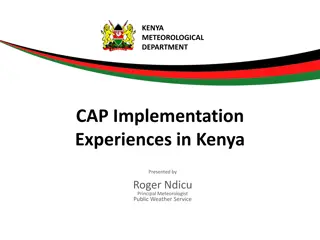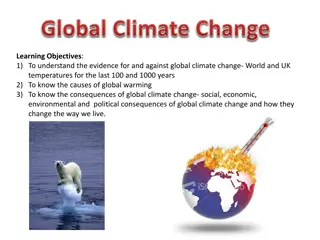Evidence of Increasingly Extreme Weather Events in the UK
The UK has been witnessing a rise in extreme weather events such as floods, heatwaves, storms, and heavy rainfall. These events have severe impacts on homes, lives, agriculture, health, and transport systems. The evidence suggests a shift towards more frequent and intense weather occurrences, prompting the need for better preparation and plans to mitigate the impacts.
Download Presentation

Please find below an Image/Link to download the presentation.
The content on the website is provided AS IS for your information and personal use only. It may not be sold, licensed, or shared on other websites without obtaining consent from the author. Download presentation by click this link. If you encounter any issues during the download, it is possible that the publisher has removed the file from their server.
E N D
Presentation Transcript
Is the weather in the UK becoming more extreme? Learning Objective: 1) To know the evidence that suggest the UK weather is becoming more extreme 2) To understand the impact of more extreme weather on people s homes and lives, agriculture, health, transport- benefits and costs and issues raised- the need for more adequate warning, preparation, plans to deal with impacts. Somerset flooding 2008 Heatwave in France 2003
What is the evidence of extreme weather events in the UK? Starter Richard Benyon visits flood-hit Morpeth http://www.bbc.co.uk/news/uk-england-tyne- 19733712 Heatwave in Northern Europe- weather forecast http://news.bbc.co.uk/1/hi/uk/8812801.stm Extreme weather causes shortage of rock salt http://www.bbc.co.uk/learningzone/clips/extreme-weather- causes-shortage-of-rock-salt/6026.html Heatwave in France http://www.youtube.com/watch?v=Hx2940wc ooo Hull not over 2007 floods http://news.bbc.co.uk/1/hi/uk/7387685.stm
Extreme weather: a weather event such as a flash flood or severe snowstorm that is significantly different from the average and what is normally expected. Examples include: Very cold winter- long cold snap/ big freeze Very hot in summer- heatwave/ sunny summers like the summer of 1995 Heavy rain- cloudburst leading to a flash flood / one month s rain falling in just a few hours Drought- many months without significant rainfall Gales- gale and storm force winds / the hurricane of October 1987 Snow- blizzards / winters famous for heavy snowfalls like the winters of 1947 and 1962/3 Fog- thick fog night and day/ fog causes motorway chaos .
The UK cannot experience a real hurricane (it lies too far from the tropics), nor a winter deep freeze as in Canada and Siberia (it is too close to the warm Atlantic Ocean). However, people and businesses adapt their activities and operations to average conditions, with only slight variations. Radiation fog can be expected in winter with anticyclonic weather. However, when this type of fog persists all day; day after day, it often causes major traffic disruption on the motorways and at the airports. Most of the 7 extreme events listed above are caused by the depression or anticyclonic weather, which is either more intense or lasts longer than usual. The variety, which is a characteristic of the UK s weather, is temporarily lost.
Plenary The graph shows the pattern of the UK monthly rainfall variation from January 2004 to July 2007. Describe the rainfall distribution for the 3 years: 2004, 2005, 2006. How does the data for 2007 shown in Figure 2 below differ from the data for the previous three years?
The driest year was 2005, when south-east England received only 66 to 80% of average rainfall. By January 2006, alarm bells were ringing here about future water shortages. 2007 is by far the wettest year comparing figures to July with the previous years There is no other consecutive three month spell with such a high variation from the norm Also no other year has four months outside of the 50% range 2007 also contains the largest negative anomaly (April at 40 below average) There are good physical and social reasons why south-east England is always going to be the area at the greatest risk of drought. Average rainfall is low in the south-east It is the last part of the UK to be reached by Atlantic fronts It is mostly lowland, with few good natural sites for reservoirs Underground water stores are being used up faster than they are being replenished It is experiencing population growth and there are plans for a lot of new houses


